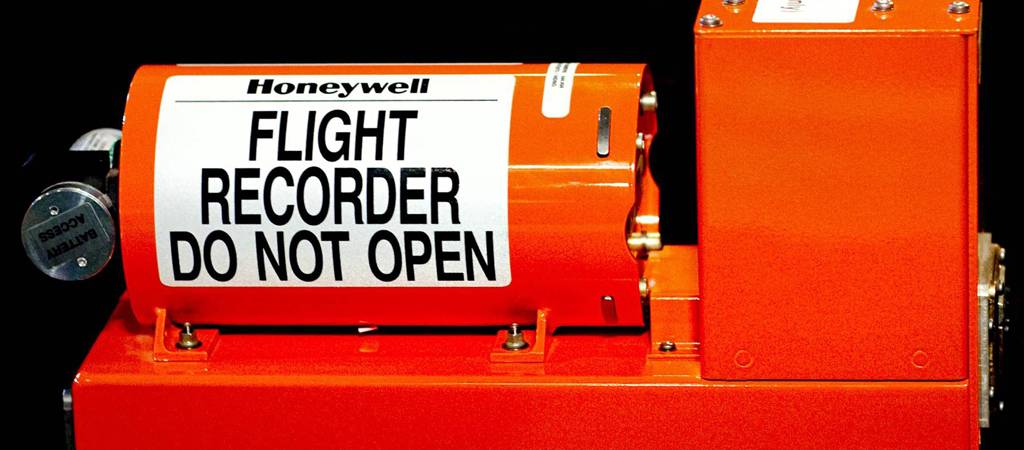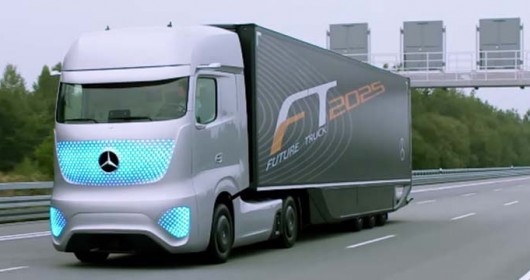We already know that Malaysia Airlines Flight 370 has, with all likelihood, crashed into the Indian Ocean. But the chance to find out more about its story is getting slimmer, as the plane’s black box sends a sonic ping, a kind of emergency signal, only for 30 days.
People have been sending spaceships into the space for some time, and covering the planet with satellites and other devices, but we struggle to find a disappeared plane, or at least its crash site. There must be a solution.
If we don’t count some basic experiments during the Second World War, modern black boxes were invented in the 1950s, and they haven’t really changed so much since then. Today, all aircrafts are equipped with two such devices: a cockpit voice recorder (CVR) and a flight data recorder (FDR). The CVR always records the last two hours of what happens in the cockpit, while FDR measures and records numerous datapoints, like speed, direction, altitude, time, and about 2000 other parameters. About 25 hours of this data is stored inside most such boxes.
These black boxes, which are actually orange, also have to meet extremely strict standards to ensure they can survive a crash. They have to be fire and water proofed, and are protected by a ballistic metal shells that have to withstand the pressure of 20,000 feet of water overhead. When a box detects it is under water, it starts to send a sonic ping that can be detected from miles away. It has enough battery power to send a signal only for 30 days though. The fact is that only a few of these boxes have ever been lost, but it might happen again.
It easy to criticize this technology as being too old and obsolete – there must be some modern alternatives after all. Of course, there are such options, but none of them is problem-free in practice. In 2009, after an Air France crash, it took two years to find the black box. Recommendations for improvement were delivered by the French officials and American FAA. They included proposals such as catapulting black boxes into the air upon hitting water, or extending the battery life of the underwater locator beacons to 90 days. Air France has included some of these technologies to its planes, but other countries were not so fast to follow.
The other option is to get rid of the black boxes altogether. One proposal is to send the recorded data to central servers through satellites. The boxes would not be necessary and real-time data would even help to possibly prevent some future crashes. As easy as it sounds, this plan has some major obstacles in its way. First of all, pilots and crews will be recorded constantly, which they may resist. The costs will also be considerable. Airlines would have to incorporate the technology into all their planes, reserve satellites, and ensure reliable and secure data storage on ground, among other expenses. Instead of doing this, they can just make a point about relatively high reliability of the current system and keep the status quo.
[sc:ad-text]
Curious how black boxes on airplanes work and how are they made? Check the video below:
[sc:end t=”Why We Haven’t Built A Better Black Box”]









Leave a Reply